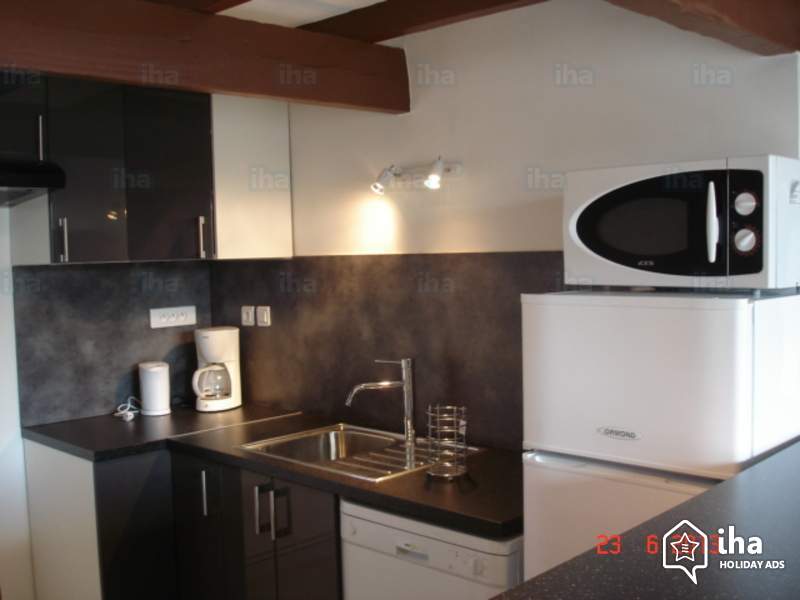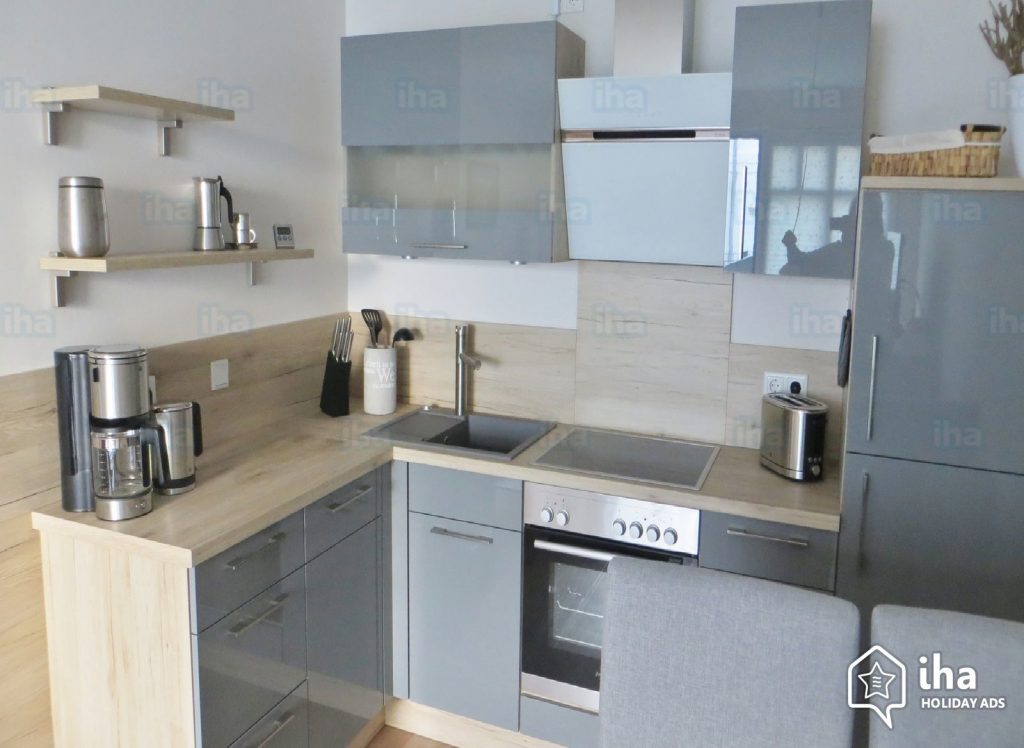How to tell the quality of a gloss kitchen
To ensure you’re getting the best value when buying a gloss kitchen, it’s important to take into account the quality of the door on offer. Just like cars, gloss kitchens vary enormously in terms of quality & how long they’ll last.
The purpose of this blog is to help you understand the key differences between the main types of gloss kitchens available so you can make a more informed decision when buying your kitchen.
Is it possible to buy good quality foil wrapped, PVC wrapped, vinyl wrapped or PET wrapped kitchen doors?
Yes, It’s still possible to buy good quality foil wrapped, PVC wrapped, vinyl wrapped or PET wrapped gloss doors from local showrooms. The reason for this is that the foil, PVC or vinyl used on the doors sold in local showrooms tend to be much thicker than those sold in the chains and trade only suppliers. Despite being a very inexpensive foil wrapped kitchen, the finish on the specialist showroom kitchen below is still reasonable quality.

Easy Care and Low Maintenance
Homeowners may be attracted to thermofoil cabinets because of their easy care and maintenance. The laminate surface resists stains and is easily wiped down. Stubborn residues such as grease can be removed with a mild all-purpose cleaner. Thermofoil doesn’t require protective coatings, as wood cabinets do, which makes them lower in maintenance. They won’t chip or crack due to high humidity either, as long as the laminate coating isn’t damaged.
Design and Color Versatility
A major advantage of choosing thermofoil cabinets is their wide range of color and pattern options. The vinyl surface of these cabinets may be molded into a variety of patterns and shapes, which allow you the choice of a basic flat cabinet or one with an embellished design, and you have the option of matte or glossy finishes. Thermofoil cabinets are typically available in a variety of colors as well, from basic white to colorful shades such as red.
Heat Resistance
While many homeowners install thermofoil cabinets in their kitchen, they have poor heat resistance. This means if they’re installed too close to a heat source, such as your oven, the laminate may pull away from the veneer core. However, this problem may be overcome by installing heat shields, which are essentially metal strips, between the cabinets and the heat source.
Moisture Resistance
Thermofoil cabinets are prized as kitchen and bathroom cabinets because of their superior moisture resistance. However, while they do resist moisture better than other materials, such as plain MDF and wood, they’re not entirely waterproof. If the laminate coating is damaged, and water seeps into the core, the cabinet can be irrevocably damaged.
Cost, Installation and Repair
Because Thermofoil cabinets contain laminate over an MDF or engineered wood core, they tend to be heavier than traditional wood cabinets. This makes them more difficult to install. While some brands are comparable in price to other cabinet materials, it’s best to have Thermofoil cabinets installed by a professional, and this can add to the overall cost. Wood cabinets are easily refinished to remove cracks, dents and scratches, but once the vinyl layer of Thermofoil cabinet is damaged, it can’t be repaired.

Hi Gloss Acrylic kitchen doors
Hi Gloss Acrylic kitchen doors are very high quality & come in 2 forms: Either solid acrylic, eg. Parapan, or acrylic faced (a thin layer of acrylic, bonded onto an MDF base). With a perfectly smooth, highly reflective, mirror like finish, gloss acrylic doors imitate glass for a fraction of the cost.
The other benefit of gloss acrylic doors is they’re very hard wearing. Therefore, if you think the kitchen is going to take a lot of wear & tear, acrylic is probably your best option.
Hi Gloss Acrylic kitchens do however have many disadvantages. Firstly, if you look closely enough, you can see where the door has been edged on all 4 sides. The other disadvantage of Acrylic gloss kitchens is they cost around 20% more than painted and lacquered gloss kitchens & are arguably no better in terms of their finish. also, if you scratch an acrylic gloss door, it can’t be repaired like a lacquered gloss door can.
Finally, the reason why most German kitchen brands don’t offer acrylic doors is because of the risk of colour match problems. Unfortunately, it’s not uncommon for an acrylic gloss kitchen to be delivered & for customers to find shading differences between the doors, even though they are all supposed to be the same colour. Also, if you do need to replace an acrylic door several years down the line, it’s most likely that the new door will be a different shade to the existing doors.